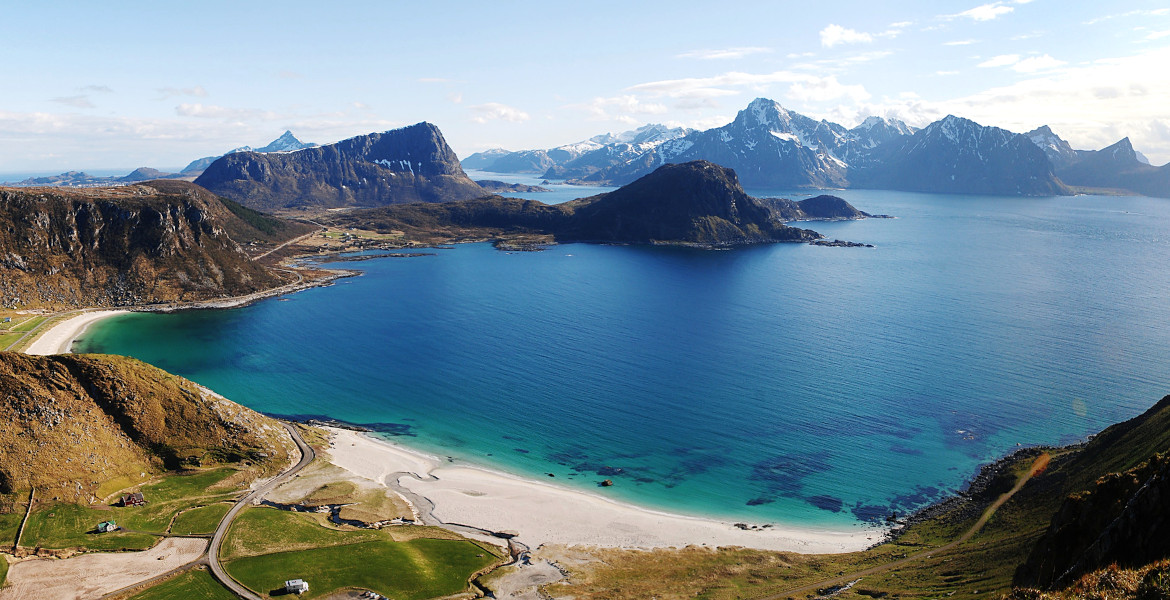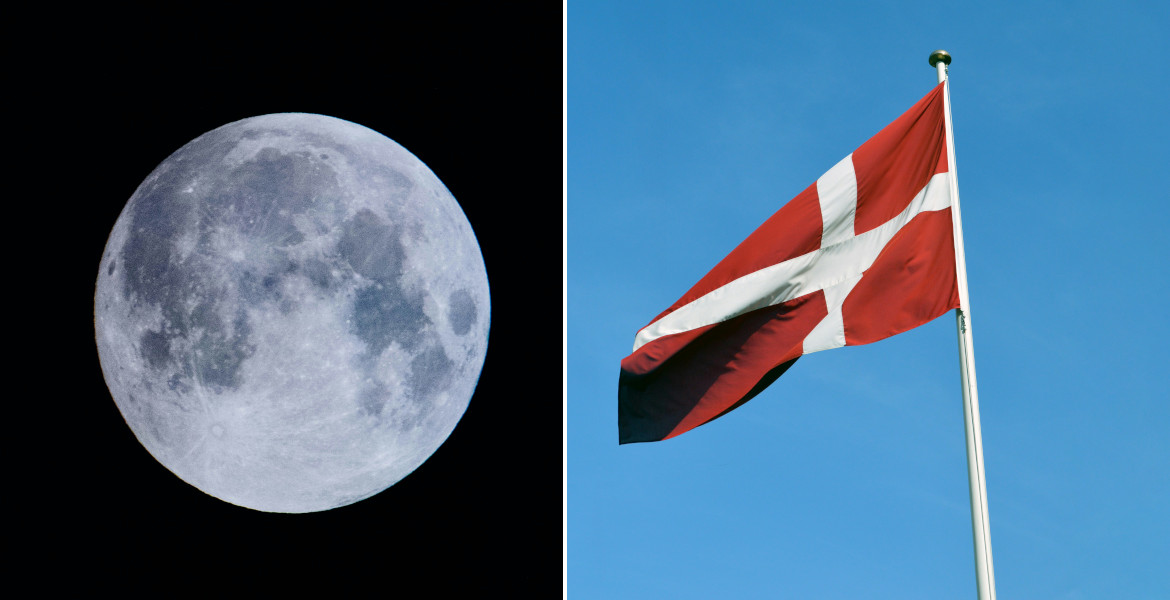Lonely Planet has released this year's list of the 20 most beautiful beaches in Europe. Hauklandstranda in Lofoten, Norway, tops the list and is described as an "Arctic dream". Dueodde beach in Denmark is also on the list.
Every year, the travel book publisher chooses the most beautiful beaches in Europe to visit during the year. For 2024, Norway takes first place with the beach Hauklandstranda, or Hauklandssanden, located in the municipality of Vestvågøy. The beach is described as unique with its pointed granite cliffs, white sand and sapphire blue sea.
"Rising like a dragon's back from the Norwegian Sea, the Lofoten Islands off Norway's northwest coast are an Arctic dream - whether seen in the never-ending light of the midnight sun or under the dancing northern lights in the winter snow, writes Lonely Planet.
This is not the first time the beach has made the top 20 list. In 2021, it also beat out beaches in Greece, Italy and Croatia. Mayor Jonny Finstad is pleased that his municipality's beach has once again been recognized by Lonely Planet.
– When we receive such awards from recognized publications, it makes us proud. It is also good marketing for both Lofoten and Hauklandstranda as a destination, he told Norwegian national broadcaster NRK.

In second place is Cala Goloritzé in Italy, followed by West Beach in Scotland. Dueodde Beach on Bornholm in Denmark is number 17 on the list.




